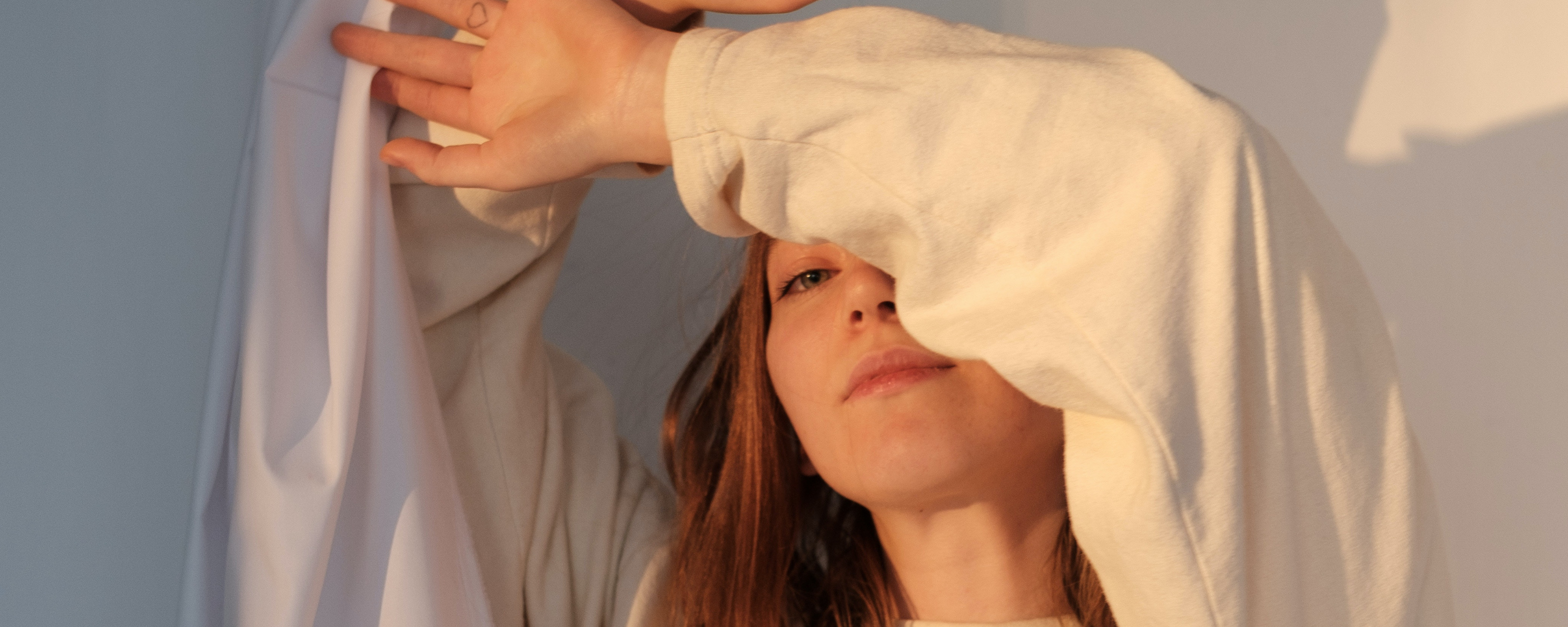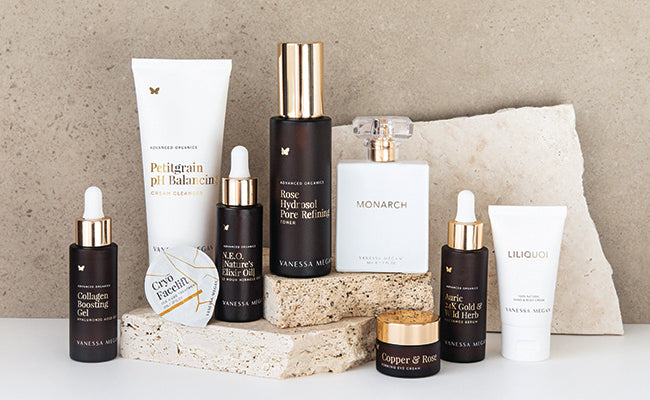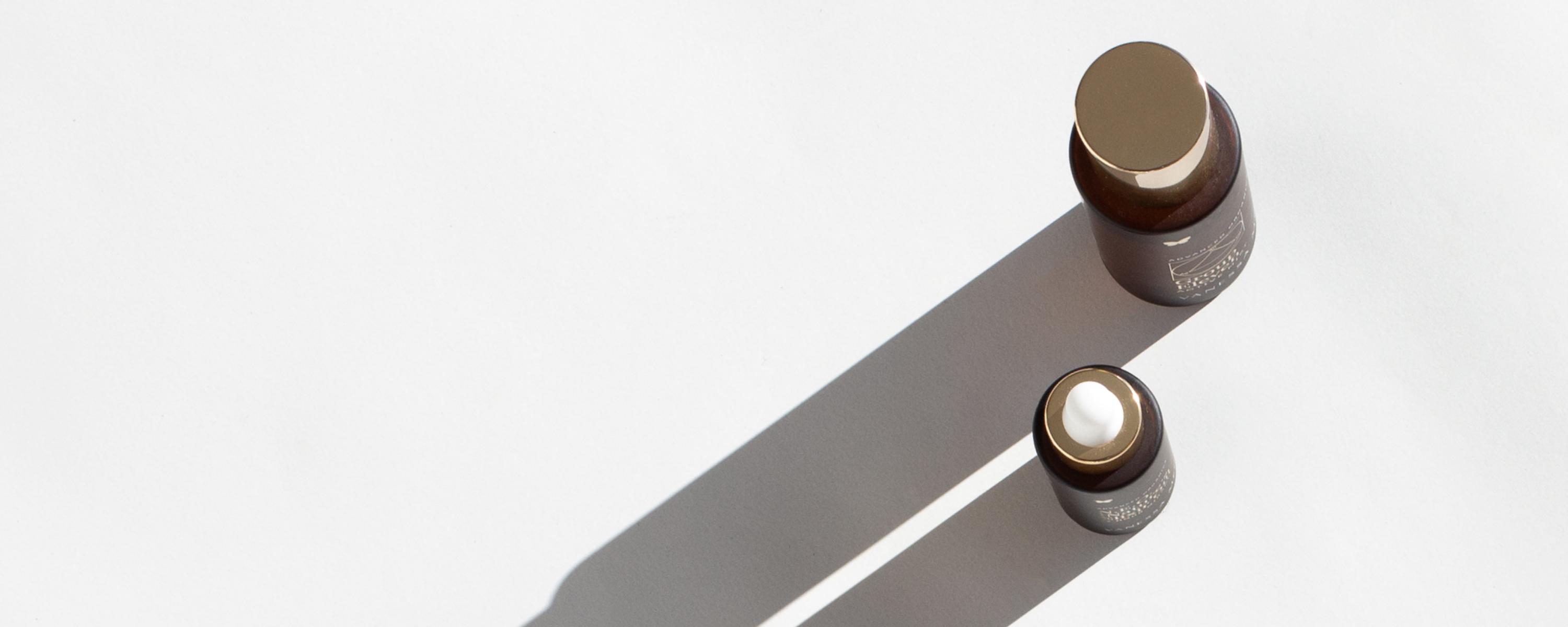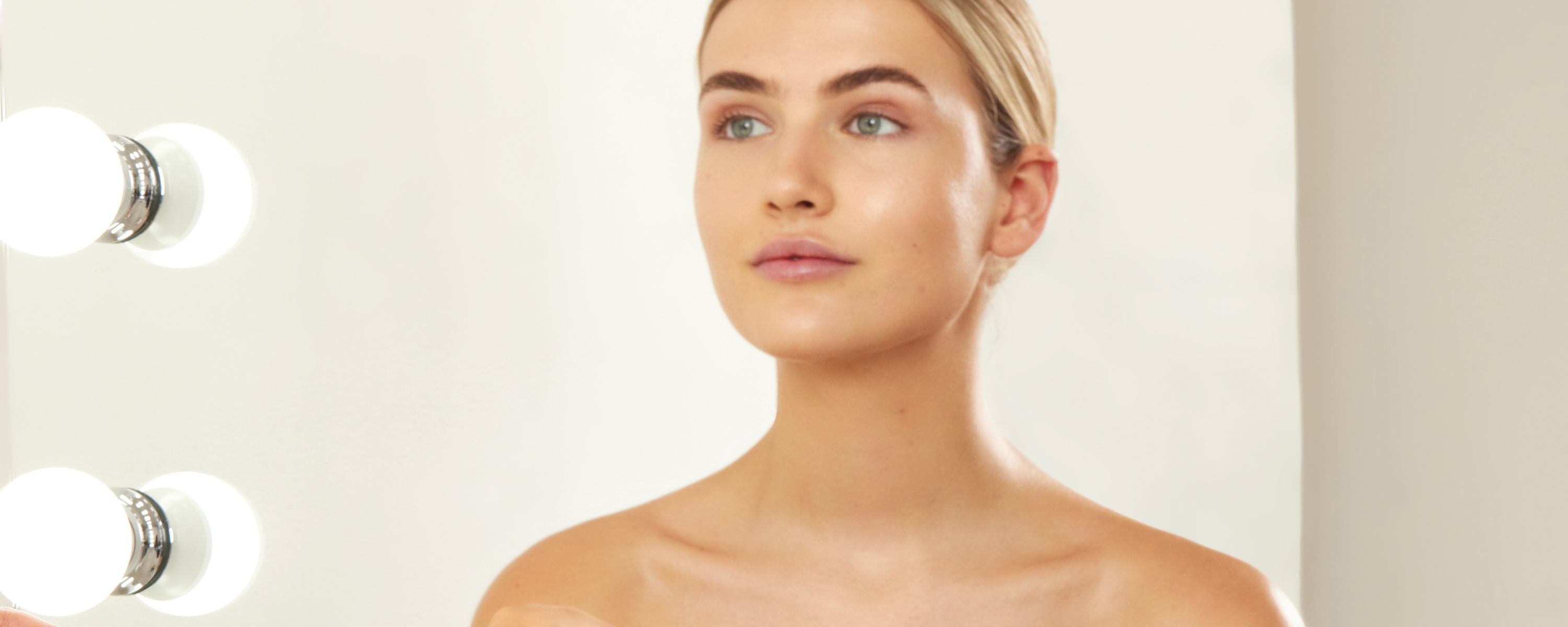
Connect your skincare with your circadian rhythms
Did you know that at certain times of the day your skin has different needs? It’s true – your skin is on a regular rhythmic cycle, called a circadian rhythm, and what it needs changes during that time. Connecting your skincare directly with the needs of your skin increases the overall effectiveness of your skincare routine, and also shows your body that you are listening to it, creating a system of intuitive care that strengthens your emotional and immune health as well.
Circadian rhythms are changes that occur naturally and regularly within your body on a 24-hour cycle. They are connected to your environment and surrounding but are internal processes – physical, mental and behavioural. These rhythms respond primarily to night and day (or more specifically darkness and light) and almost every living thing is affected by them, from microbes in the dirt, to animals and plants. The most obvious circadian rhythm is our sleep cycle. As humans our bodies naturally want to sleep during darkness and be awake during the day. These processes naturally evolve throughout our lives and are connected to our hormones. For example, teenagers are up to two hours different in their rhythms compared to adults. They don’t feel sleepy until later at night and don’t feel awake until later in the morning. This changes as they leave puberty.
Sometimes circadian rhythms are called “body clocks” or “biological clocks” which are the natural timing devices of our bodies. They are protein molecules that interact with cells throughout the body. Nearly every tissue in the body contacts these tiny bio-clocks and we share them with everything from animals to fungi. All living things are on the clock.
Within your brain is the master clock - the coordinating system for all of these tiny bio-clocks throughout the rest of the body. It keeps them in sync and is made up of about twenty thousand nerve cells (or neurons) that form the suprachiasmatic nucleus which is within your hypothalamus and is directly connected to your eyes. The master clock tells the protein molecules to build up or reduce in a cell throughout the day to activate feelings of alertness or sleepiness. The environment can also affect these and they can be changed by things like exposure to light at different times.
Circadian rhythms control some of our most important functions. We’ve already mentioned sleep, but they also control our digestion, our hunger, hormone release and body temperature. If they are in sync, our body works like a well-oiled machine. If they are not – we can feel absolutely awful. A simple example of a circadian rhythm going out of sync is jet lag or to a lesser degree daylight savings, where changes in the light-dark cycle confuse our cells and they take time to get back into sync. During that time people can feel overwhelmingly tired, dizzy and even nauseous. Changes are also caused by illness, mutations in the genes and by light from electronic devices at night. These changes can cause sleep disorders; being continually out of sync with your circadian rhythms can lead to obesity, diabetes, depression and other mood disorders. Your rhythms are a powerful body function, and we need to listen to them and follow their natural processes as much as possible.
When Daylight savings starts at the beginning of October in most of the Australian states excluding Queensland, WA and the NT our non-biological clocks are wound forward one hour, causing us to lose one hours sleep on the night of transition. This means through the warmer months of the year the sun sets one hour later and in the mornings the sun rises one hour later. As a result we also typically shift our daily activities and thus the exposure to light and other time cues affected by our internal circadian clocks. This introduces a minor circadian misalignment.
You can minimise the effects of daylight savings on our internal body clocks and inevitably our skin. Prioritize your zzz's. Make sure your family is well rested in the days leading up to Daylight Saving Time with the aim for a gradual adjustment. Establish a soothing sleep routine and resist the power nap. When it comes to your skin, there are several ways the circadian rhythms of your body effect skincare. In the morning, between 7am and 11am your skin goes into peak defence mode as it prepares to defend against UV light. This is the perfect time of day to boost that protection with antioxidants (our skin is highly receptive to them at this time) because our skin is working its hardest to fight off pollutants and unstable molecules known as free radicals.
Our skin has to neutralise these molecules to prevent oxidative stress on the skin which can cause premature aging. To give your skin the best support for this particular circadian rhythm you can add a powerful vitamin combination like our NEO oil, which contains vitamin A, E, P, K and zinc or a lightweight cream like our Vitamin A+B+C Daily Face Cream, another antioxidant superhero packs with vitamins to protect the skin. Pack a double punch by adding in our Group 11 Mist, Collagen Boosting Gel or Super C + Bearberry Serum as all of these support your skin to produce collagen and fight off damage.
By night time your skin moves into an entirely different cycle and your body prepares to rest. During the evening our skin starts to focus on using its energy to repair DNA damage and producing new healthy skin cells. Between 9pm and midnight our skin goes into regeneration mode. Melatonin production rises and we begin to repair any UV induced damage done during the day. The skin’s natural skin renewal rate almost doubles during these hours, and this makes it the ideal time to be feeding your skin nourishing, intensive ingredients.
Cleanse thoroughly but gently, hydrate with a rosewater mist (which also reduces any inflammation your cells may be dealing with) and then nourish with rich, targeted creams like our Copper and Rose Eye Cream, full of copper and hibiscus peptides which work in tandem to support the structural integrity of your skin by promoting collagen and elastin production. Skin that needs exfoliation can be supported with an AHA rich serum and very dry skin can be massaged with a repairing oil like Rosehip and Frankincense or our rich Aeon Azure which is a combination of powerful antioxidants like bakuchiol, hibiscus peptides, healing and originating colloidal gold and Blue Butterfly Pea Flower Extract. These ingredients support the work your skin is already doing, working with your natural processes to enhance them.
Finally – sleep well. One of the most powerful things you can do for your skin is to sleep when your body needs it. Keep your bedroom cool and dark, using an eye mask and earplugs if they help, and avoid blue light just before sleep. Ideally, turn off all screens an hour before you sleep, but if that isn’t possible for you, get yourself a good pair of blue light filtering glasses. Have a glass of water before you sleep and another when you wake and watch how well your body works when you understand and support its natural systems.




